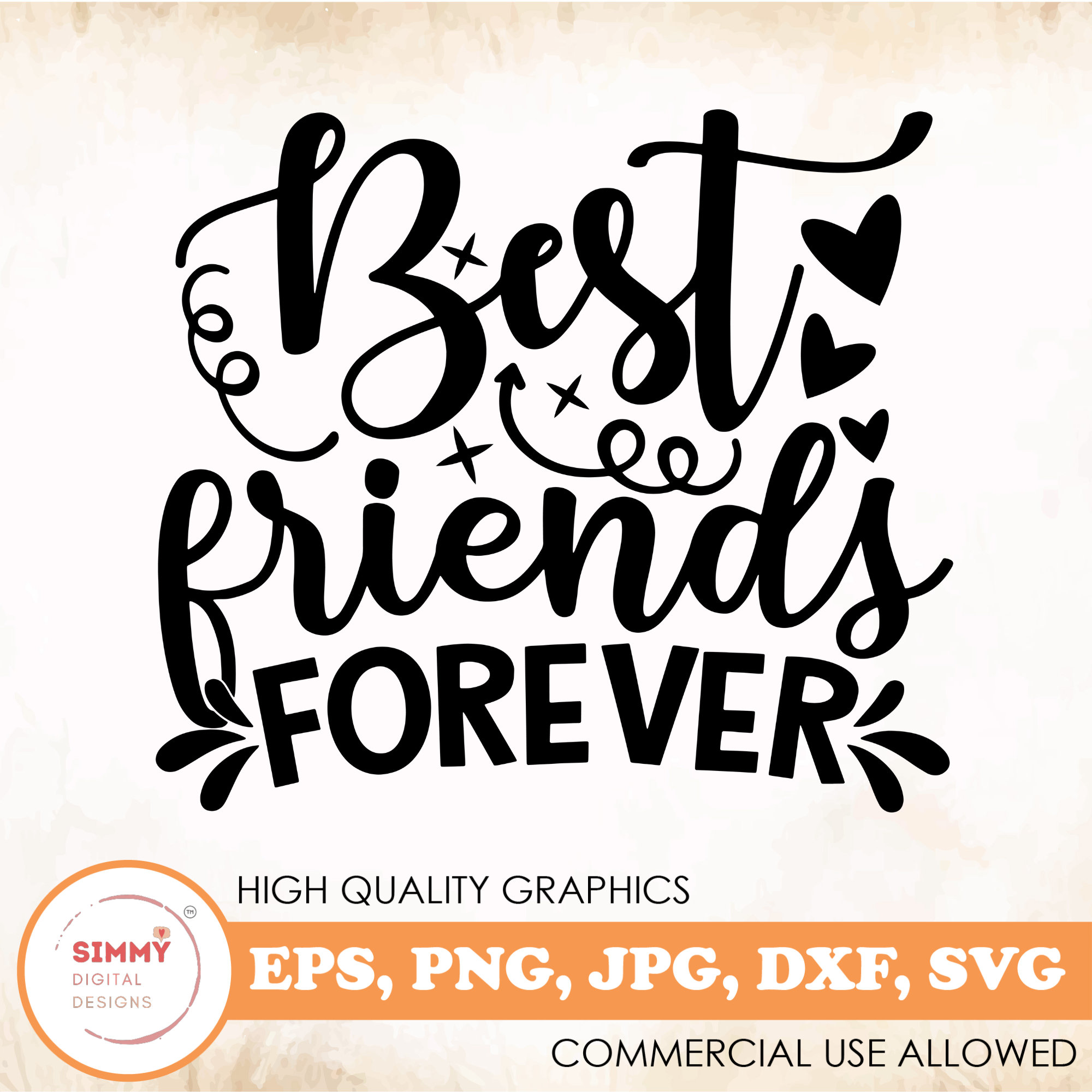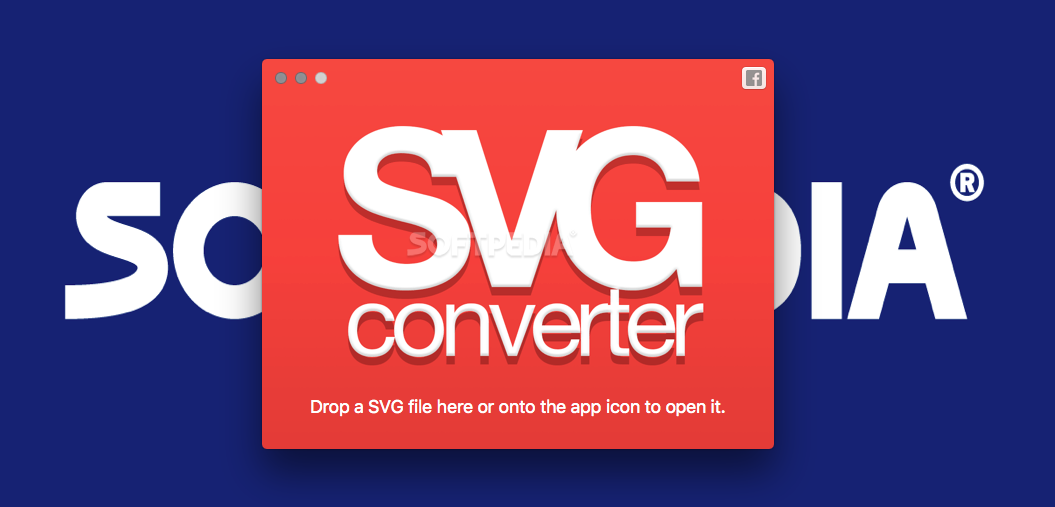
It is also secure to use this tool because the service is fully automated, so no one sees your uploads. Our server makes copies of them and then converts the copies, so you don’t lose any of your master data. It’s safe to use because your original JPG files remain untouched on your computer. Your uploads will vanish and you can start again. When you are ready to do another batch, you can hit the “CLEAR QUEUE” button.
BEST JPG TO SVG CONVERTER ARCHIVE
Then you can hit the “DOWNLOAD ALL” button to grab a ZIP archive with all your SVGs.

If you have uploaded many files, please wait until the server has completed all conversions. When it’s ready, the progress bar underneath the thumbnail in the queue will turn into a “DOWNLOAD” button. Once your files have finished uploading, our server will automatically begin the conversion process. If you have more than 20 images you need to convert, don’t worry: you’ll be able to repeat these steps as much as needed. You can do this by dragging and dropping your files onto the page or hitting the “UPLOAD FILES” button. To begin, please upload one or up to 20 JPGs. There is no software to download, no registration, no watermarks, and no limit to the total number of conversions you can do. Using our online tool is the easiest way to convert JPG to SVG.
BEST JPG TO SVG CONVERTER HOW TO
How to convert JPG files to SVG for free? Instead, JPGs that depict simple things work best, such as logos, drawings, icons, etc. The nature of the SVG format makes this very difficult to do as a high-quality photo would require mountains of code to render accurately. However, you need to keep in mind that converting from JPG to SVG won’t give you good results if you’re attempting to convert a photograph. If you convert it to SVG, you can make it as big as you like and the quality won’t suffer. If you have a JPG that you need to manipulate, say to print out on a large poster or automatically scale on a website, that raster image is probably not going to look good. The biggest reason to convert a file from JPG to SVG is to make that image scalable. JPG files are raster images while SVG files are vector images. This is something raster images cannot do. Vector images, on the other hand, are infinitely scalable, meaning you can make them as large or small as you want without any change to the quality of the image. The main benefit of raster images is that they are much simpler and better for sharing on the internet. Software that can read vector files can then interpret this code and show an image.

Instead, a vector image is a page of code that draws an image using points, lines, and curves. Meanwhile, a vector image doesn’t have pixels. Each pixel is filled in with one color and all the pixels create an image, kind of like a mosaic. A raster image is made up of a grid of pixels. To understand JPG and SVG files, you need to first understand raster and vector images.


 0 kommentar(er)
0 kommentar(er)
